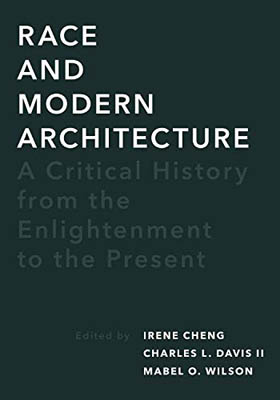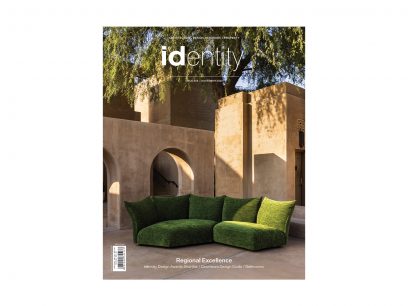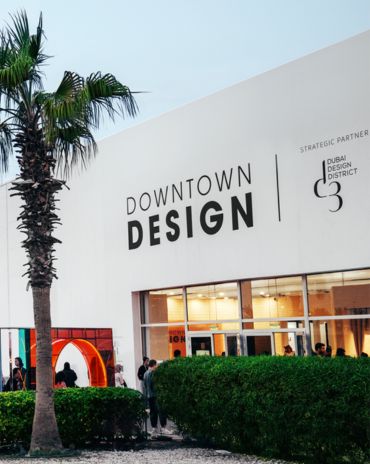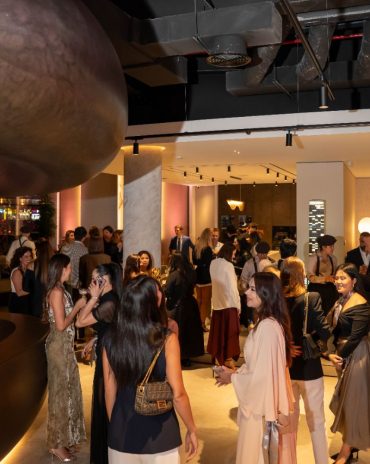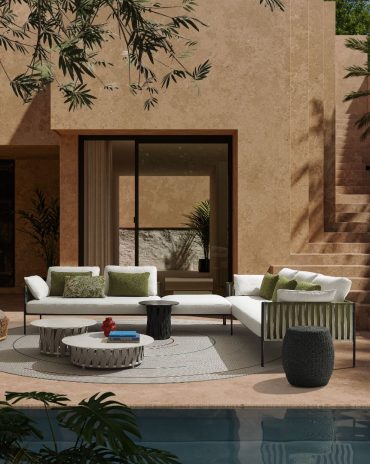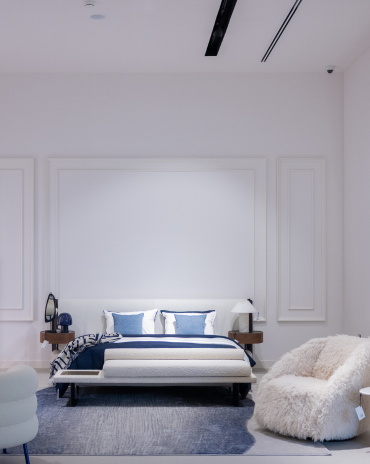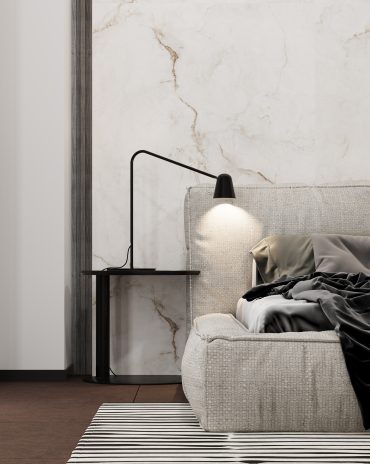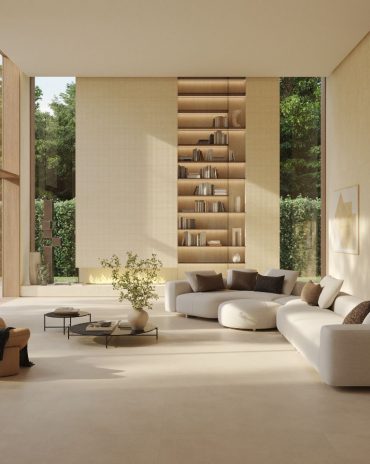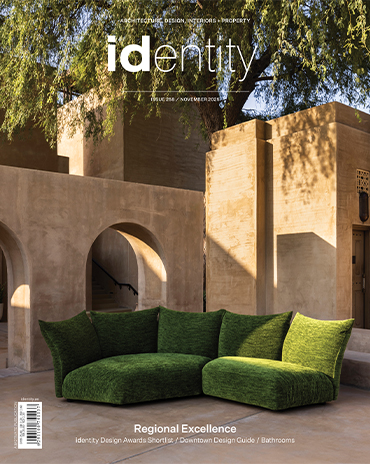Copyright © 2025 Motivate Media Group. All rights reserved.
id library: Books that explore the role of race within the built environment
Our reading list this months looks at how issues on race presents itself in architecture

Exploring the role of race within the built environment, these three books shed light on a topic that deserves urgent re-examining at a critical time for racial justice
Race and Modern Architecture: A Critical History from the Enlightenment to the Present
by Irene Cheng, Charles L Davis and Mabel O Wilson
When Mabel O. Wilson looked through 28,000 objects within The Museum of Modern Art’s Architecture and Design archives, she was stunned to find that they had no records on the works of African-American architects. Keep in mind that this is the first museum in the world to have an architecture collection. Race and Modern Architecture – a book Wilson co-edited with Irene Cheng and Charles L Davis – exposes how modern architecture and culture has been heavily influenced by representation, inequality and racism. The book enlightens its readers by writing back race into architectural history, shedding new light on the built environment and maybe shaking the very foundations of architecture itself.
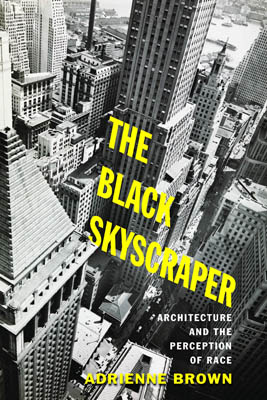 The Black Skyscraper: Architecture and the Perception of Race
The Black Skyscraper: Architecture and the Perception of Race
by Adrienne Brown
Many of us would consider the metaphorical juxtaposition of skyscrapers and racial anxiety in the United States to be a farfetched argument. Adrienne Brown disagrees. With developments of the first skyscrapers in the 1880s, environments could expand vertically as well as horizontally. Chronicling the soaring skyscrapers from Chicago’s early 10-storey tower to the completion of the 102-storey Empire State Building in 1931, in The Black Skyscraper: Architecture and the Perception of Race, Adrienne Brown gives a detailed insight into how scale and proximity affect not only the shape of the city but also shapes our understanding of race and how the early skyscraper threatened to reveal the ‘nothingness’ of race at a time when the superpower coveted nothing more than to assert and prolong its purpose. The book claims that ever since skyscrapers first ascended, they, in turn, challenged human beings to cultivate new ways of seeing and relating to others.
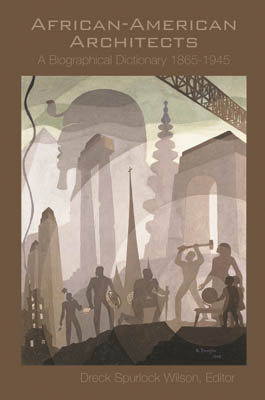 African American Architects: A Biographical Dictionary, 1865-1945
African American Architects: A Biographical Dictionary, 1865-1945
by Dreck Spurlock Wilson
In February this year, Harvard celebrated the accomplishments of the lead designer of its Widener Library – African-American architect Julian Abele. In a series of articles published on the website, the Ivy League university admitted that the contributions of the Philadelphia-born architect were largely ignored and hence long overdue. It is that kind of misrepresentation that African American Architects: A Biographical Dictionary, 1865-1945 strives to avoid. Written by over 100 experts and edited by Dreck Spurlock Wilson, the book shines a spotlight on the lives and careers of over 160 African-American Architects. Each entry is peppered with a write-up, an all-important list of known works and a bibliography of published sources. Starting from the last quarter of the nineteenth century – an intense period in the United States history that laid the foundations for social change – the book also features over 200 portraits of an appendix of buildings sorted by geographic location.
The Latest
Dubai Design Week 2025 Unfolds: A Living Celebration of Design, Culture, and Collaboration
The 11th edition of the region’s leading design festival unfolds at Dubai Design District (d3)
Preciosa Lighting Unveils ‘Drifting Lights’ at Downtown Design 2025
The brand debuts its newest 'Signature Design' that explores light suspended in motion
IF Hub Opens in Umm Suqeim
A New Destination for Design and Collaboration in Dubai
The Language of Weave
Nodo Italia at Casamia brings poetry to life
The Art of the Outdoors
The Edra Standard Outdoor sofa redefines outdoor living through design that feels, connects and endures
The Art of Wellness
Technogym collaborates with Assouline to release a book that celebrates the brand’s 30-year contribution to the fitness industry
The Destination for Inspired Living – Modora Home
Five reasons why you need to visit the latest homegrown addition to the UAE’s interiors landscape
Elemental Balance — A Story Told Through Surfaces
This year at Downtown Design 2025, ClayArk invites visitors to step into a world where design finds its rhythm in nature’s quiet harmony.
The identity Insider’s Guide to Downtown Design 2025
With the fair around the corner, here’s an exciting guide for the debuts and exhibits that you shouldn’t miss
A Striking Entrance
The Oikos Synua door with its backlit onyx finish makes a great impression at this home in Kuwait.
Marvel T – The latest launch by Atlas Concorde
Atlas Concorde launches Marvel T, a new interpretation of travertine in collaboration with HBA.
Read ‘Regional Excellence’ – Note from the editor
Read the magazine on issuu or grab it off newsstands now.

